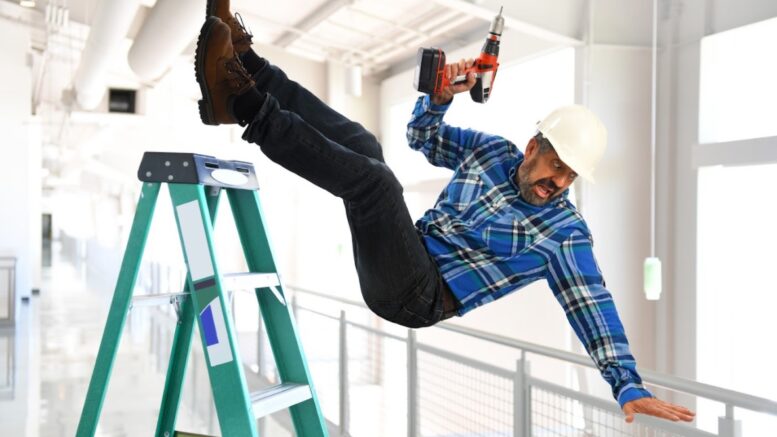Feeling safe in your own home is something you should be able to take for granted, but the most recently available statistics show that the rate of preventable, accidental fatalities occurring in the home increased since 1999 by a shocking 272%. The important thing to know about accidental deaths is that you have the ability to prevent them from occurring.
If you want to be safe at home, this article shows you how to do it by taking some simple precautions to minimize the chance of accidents occurring. The article introduces you to some of the common causes of accidental fatalities in the home and explains what you can do to reduce the risk of having them happen to you, family members, or guests.
Can you prevent accidents?
Most definitions of “accident” refer to it as an event that was neither foreseen nor anticipated, but many causes of accidents in the home can be anticipated and the proper steps taken to prevent them from occurring. For example, the fact that the handrail on the stairway leading to the basement came loose and caused someone to fall could have been prevented simply by being aware of the hazard and tightening the bolts holding it to the wall.
You’ll find that once you know the common causes of accidental fatalities in the home it becomes easier to spot them. Then all that is needed to reduce the accident risk is to take the appropriate measures to eliminate the hazard.
Common causes of accidental deaths in the home
Take a walk through and around your home and start eliminating accident-causing hazards. Some of the common causes of accidental deaths that should be immediately repaired or removed include:
- Poisoning: According to the National Safety Council, 62% of accidental deaths in the home are caused by poisoning. Bleach, detergents, and other types of cleaning supplies along with pesticides and paint should be stored in closed containers and kept out of reach of children. Carbon monoxide poisoning can affect everyone in the home, so buy and install detection devices within 10 feet of each bedroom and near an attached garage.
- Falling: Anyone of any age can fall, but older adults are particularly susceptible to falling. Removing obstacles, such as toys and extension cords, from places where people walk is one way to reduce the risk of a fall. However, don’t ignore the human factor. The aging process makes older adults more prone to falls, but muscle-strengthening exercises, particularly those to strengthen leg muscles, can help a person avoid falls at home.
- Choking: Children and small objects usually come to mind when people think about choking hazards, but adults can also become choking victims. Remove small toys and other objects from where a young child might get at them. When serving food, be aware that older adults may have difficulty swallowing certain types of food, including hard candies. If you have small children or older adults in the household, it’s a good idea to learn how to respond in an emergency when someone is choking.
- Fire and smoke: Cooking, heating systems and electrical systems, candles, and people smoking represent the leading causes of fires in the home. Keep a fire extinguisher in the kitchen and in other rooms of the home where a fire source exists, such as a room with a fireplace. Repair or replace frayed electrical cords on lamps and appliances that could spark and cause a fire. Install smoke detectors throughout the house according to the instructions that come with the devices.
- Suffocation: The cords found on window blinds in most homes may not appear to be a hazard, but they can strangle a small child. Keep cords, plastic bags, and other items out of the reach of children.
- Drowning: Swimming pools, bathtubs, hot tubs, and even a bucket of water can be deadly for a child. Young children should not be left unattended at the pool or wherever there is a water source that presents a drowning hazard.
Accidents are not confined to the interior of your home. Walk around the outside of it and correct anything you see that could cause an accident. For example, garden hoses and lawn tools that are not properly stored out of the way become tripping hazards.
Conclusion
Accident-proofing your home is simply unrealistic because no matter how hard you try to prevent them, accidents will happen. What you can do is reduce the risk of accidents by taking the time to look for and correct any of the common causes of accidents in the home that can result in injury or death.
